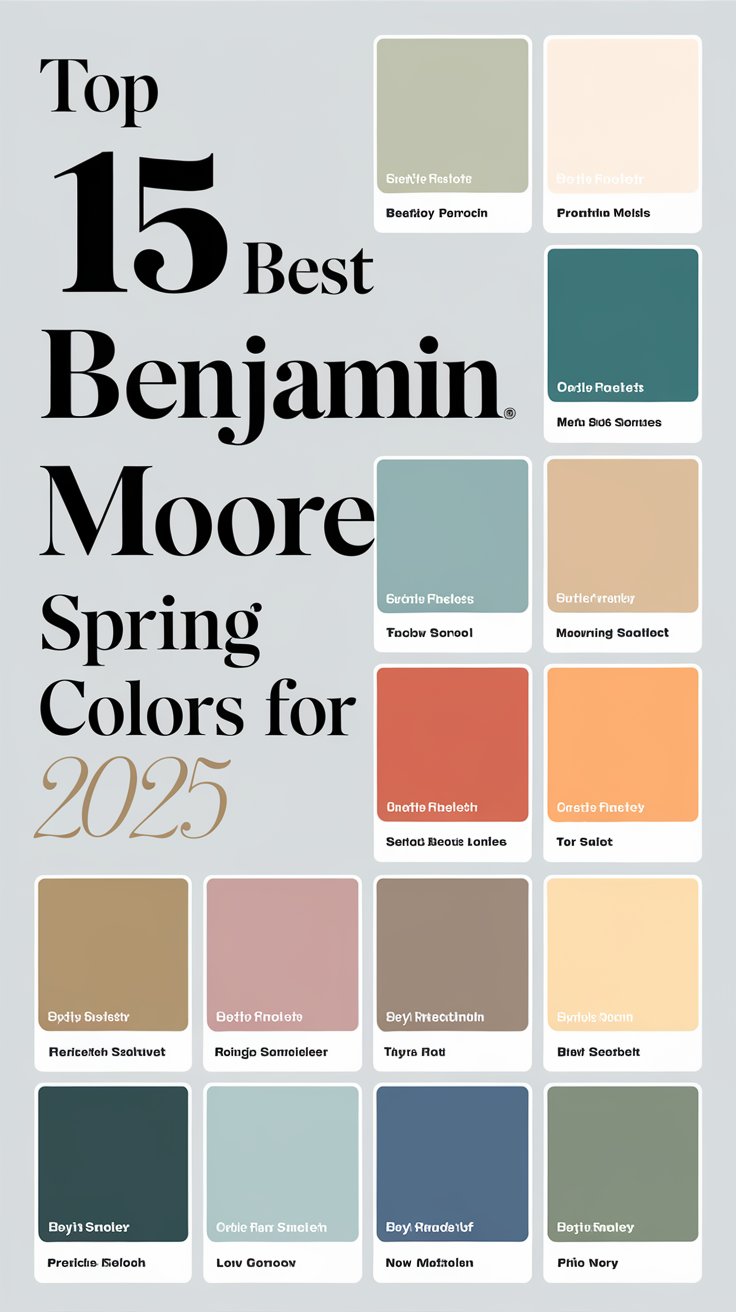Discover simple yet effective ways to transform your bedroom into an energy-saving oasis. Lower your bills and boost your comfort!
To make your bedroom more energy-efficient, start by choosing energy-efficient light bulbs such as LED bulbs. Consider using blackout curtains to regulate the room temperature and reduce the need for heating or cooling. Proper insulation is essential, so make sure windows and doors are properly sealed. Opt for energy-efficient appliances and electronics to minimize energy consumption. When it comes to home decorating, choose furniture made from sustainable materials and use area rugs to add warmth and reduce the need for heating. Implement space planning techniques to optimize the layout and flow of your bedroom for better energy efficiency. Additionally, consider using eco-friendly paint and primer for walls to create a healthier indoor environment.
– By following these tips for home interior design, you can create a more energy-efficient and eco-friendly bedroom.
My Lovely Spring Paint for 2025
Ready for a Spring Makeover? Explore the Freshest 2025 Paint Trends!
White Sage/Green SW Pistachio green Soft blue Honeysweet/Orange Pink Sugar Sage Tint BMAs an Amazon Associate, I may earn a commission from qualifying purchases at no extra cost to you.
Improving insulation in your bedroom is crucial for enhancing energy efficiency. You can start by adding weather stripping around doors and windows to prevent drafts. Additionally, consider using thermal curtains or blinds to minimize heat loss during cold weather. Utilizing rugs or carpets on the floor can also help insulate the room and prevent heat from escaping through the floor. Finally, sealing any gaps or cracks in walls and around outlets can further improve insulation efficiency in your bedroom.
Energy-efficient lighting options for your bedroom include LED bulbs, which use significantly less energy and last longer than traditional incandescent bulbs. Dimmer switches can also be installed to adjust the brightness of the lights according to your needs, further reducing energy consumption. Motion sensor lights are another great option, as they only turn on when someone is present in the room, ensuring that lights are not left on unnecessarily.
Smart home devices such as smart thermostats, smart plugs, and smart light bulbs can help you conserve energy in your bedroom. Smart thermostats allow you to control the temperature of your room remotely and set schedules for heating and cooling, optimizing energy usage. Smart plugs can be used to turn off electronics and appliances when not in use, reducing standby power consumption. Smart light bulbs can be programmed to adjust brightness and color temperature based on your preferences, saving energy and creating a comfortable ambiance.
My fAV Spring DECOR for 2025
Discover Spring’s Best 2025 Decor Combinations – Perfect for Any Room!
Oversized Indoor Plants White Curved Sofas Rugs BOH Brown Cream Moroccan Hype Boho Rug Outdoor Patio Furniture Sets Topfinel Pillow CoversAs an Amazon Associate, I may earn a commission from qualifying purchases at no extra cost to you.
When choosing window treatments for your bedroom, opt for energy-efficient options such as cellular shades or insulated curtains. These treatments help regulate the room temperature by preventing heat loss in the winter and reducing heat gain in the summer. Dual-purpose window coverings like reflective blinds can also help control light and heat penetration, improving energy efficiency in your bedroom.
Selecting furniture made from sustainable materials such as bamboo, reclaimed wood, or recycled materials can make your bedroom more energy-efficient. These eco-friendly materials have a lower environmental impact and often require less energy to produce. Additionally, choosing multifunctional furniture pieces like storage beds or adjustable shelving can help maximize space and reduce the need for additional furniture, promoting a more energy-efficient living environment.
Incorporating plants into your bedroom can enhance its energy efficiency by improving air quality and humidity levels. Certain houseplants like spider plants, snake plants, and peace lilies are known for their air-purifying properties, removing toxins and pollutants from the indoor air. Plants also release oxygen during photosynthesis, which can help create a more refreshing and invigorating atmosphere in your bedroom.
When selecting color schemes or hues for your bedroom, opt for light and neutral colors like white, cream, or soft pastels. These colors help reflect natural light and make the room appear brighter, reducing the need for artificial lighting during the daytime. Cool colors such as blues and greens can create a calming and relaxing environment, promoting better sleep quality and energy conservation.
Energy-efficient strategies for creating a more sustainable bedroom include improving insulation, using energy-efficient lighting, incorporating smart home devices, choosing energy-efficient window treatments, selecting eco-friendly furniture, adding plants for better air quality, and opting for light color schemes. By implementing these strategies, you can reduce energy consumption, lower utility bills, and create a more comfortable and eco-friendly living space.
Key Takeaways:
– Enhancing insulation with weather stripping, thermal curtains, and rugs can prevent heat loss in your bedroom.
– LED bulbs, dimmer switches, and motion sensor lights are energy-efficient lighting options that reduce electricity usage.
– Smart home devices like thermostats, plugs, and light bulbs help conserve energy and improve convenience.
– Choose energy-efficient window treatments such as cellular shades and insulated curtains to regulate room temperature.
– Sustainable furniture materials and multifunctional pieces can promote energy efficiency and reduce environmental impact.
– Houseplants improve air quality and humidity levels, enhancing the energy efficiency of your bedroom.
– Light and neutral color schemes with cool tones can create a calming and energy-efficient atmosphere in your bedroom.







